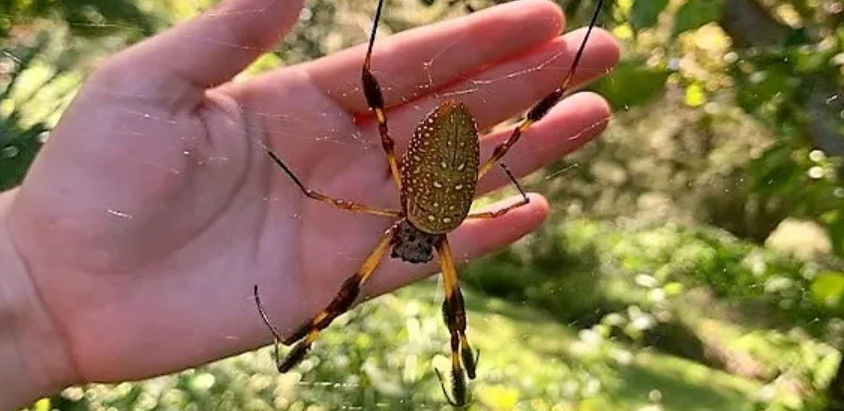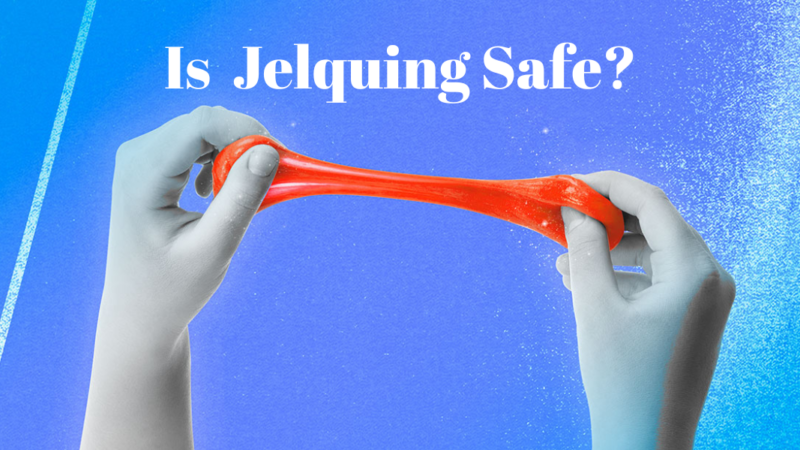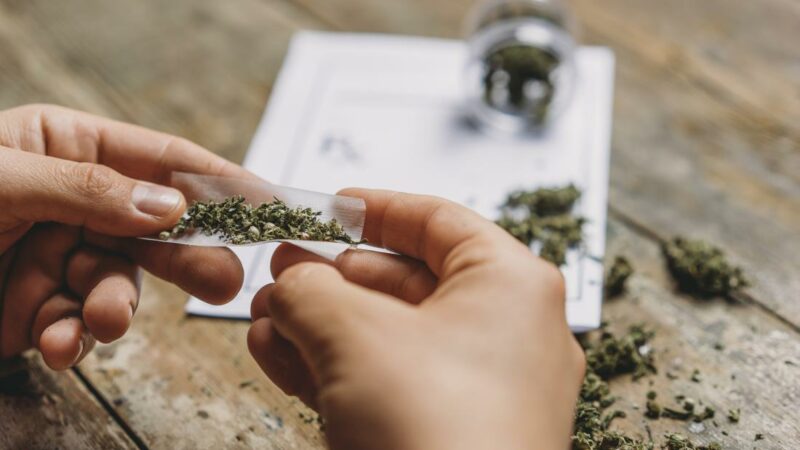Banana Spider Bite: Myths, Facts, and What You Need to Know

Banana spider, scientifically known as Phoneutria, are a group of large and venomous spiders found in parts of Central and South America. Among them, the Brazilian wandering spider (Phoneutria nigriventer) is one of the most notorious due to its potent venom and aggressive behaviour.
While these arachnids are not typically encountered in North America or Europe, the idea of a banana spider bite can instil fear in many. In this blog post, we will explore the facts and myths surrounding banana spider bites, their effects on humans, and how to respond if you ever find yourself in this unfortunate situation.
Identification of Banana Spiders
Before diving into the details of banana spider bites, it’s essential to know how to identify these arachnids. Banana spiders are generally large, with a leg span reaching up to 6 inches or more. They are often brown or reddish-brown in colour, with long, slender legs and a distinctively elongated body. Their name comes from the banana-like shape they often assume when disturbed, raising their front legs and exposing their fangs.
Range and Habitat
Banana spiders primarily inhabit the rainforests of Central and South America. They are particularly common in Brazil, where the wandering spider is found. These spiders are known for their wandering behaviour, often travelling on the forest floor at night in search of prey.
Myths About Banana Spider Bites
There are numerous myths and misconceptions surrounding banana spider bites, some of which have been perpetuated by sensationalized media reports. Let’s debunk a few of these myths:
- a. Fatal bites: While banana spider venom is potent, fatalities from their bites are exceedingly rare. The development of an effective antivenom has further reduced the risk of death.
- b. Aggressiveness: Banana spiders are not naturally aggressive toward humans. They usually only bite when they feel threatened or cornered.
- c. Paralyzing bites: Contrary to popular belief, banana spider bites do not instantly paralyze their victims. The venom may cause local pain and discomfort, but paralysis typically doesn’t occur unless there’s an allergic reaction or an extremely severe envenomation.
Banana Spider Venom
Banana spiders possess venom that primarily targets their prey: insects and small animals. The venom contains neurotoxins that can disrupt the nervous system of their prey. However, these toxins can also affect humans if bitten.
The symptoms of a banana spider bite can vary but may include:
- Severe pain at the bite site
- Swelling and redness
- Muscle cramps and spasms
- Sweating and fever
- Nausea and vomiting
In rare cases, more severe envenomations can lead to respiratory distress and paralysis, which may necessitate medical attention.
Treatment for Banana Spider Bites
If a banana spider bites you or someone you know, seeking medical help is crucial. Here are some steps to follow:
- a. Wash the bite area gently with soap and water to reduce the risk of infection.
- b. Apply a clean, cold compress to the bite site to help alleviate pain and reduce swelling.
- c. Keep the affected limb immobilized to slow the spread of venom.
- d. Avoid applying tourniquets, cutting the wound, or attempting to suck out the venom, as these methods are not recommended and can worsen the situation.
- e. Seek antivenom treatment if available, as this is the most effective way to counteract the effects of banana spider venom.
Prevention
Preventing banana spider bites is the best approach to dealing with these creatures. Here are some precautions to take:
- a. Wear protective clothing, such as long pants and closed-toe shoes, when hiking or working in areas where banana spiders may be present.
- b. Use insect repellent to deter spiders and other biting insects.
- c. Shake out clothing and shoes before putting them on, especially if left outside.
- d. If you encounter a banana spider in its natural habitat, avoid provoking or cornering it, and give it space to move away.
Symptoms of Banana Spider Bite
A banana spider bite can result in various symptoms, varying in severity depending on factors such as the individual’s sensitivity to the venom and the amount of venom injected. Here are the typical symptoms associated with a banana spider bite:
- Localized Pain: The most common and immediate symptom of a banana spider bite is intense, sharp pain at the site of the bite. This pain can be excruciating and may persist for several hours.
- Swelling and Redness: The bite area often becomes swollen and red, and the swelling can spread beyond the immediate bite site.
- Muscle Cramps and Spasms: Some individuals may experience muscle cramps or spasms near the bite area or in other parts of the body. These spasms can be painful and may last for a few hours.
- Sweating and Fever: The bite may lead to profuse sweating and a mild fever, which results from the venom affecting the body’s nervous system.
- Nausea and Vomiting: Some people may feel nauseous or vomit as a response to the venom. This is more likely to occur in severe envenomations.
- Increased Heart Rate: In some cases, the bite can lead to an elevated heart rate (tachycardia) due to the neurotoxic effects of the venom.
- Restlessness and Anxiety: Individuals bitten by a banana spider may experience restlessness, anxiety, and a sense of unease due to the venom’s pain and effects on their nervous system.
It’s important to note that while these are the typical symptoms associated with a banana spider bite, there can be variations in the severity and combination of symptoms from one person to another. In rare cases, particularly severe envenomations can lead to respiratory distress and paralysis.
If you suspect you have been bitten by a banana spider or any venomous spider, it is crucial to seek immediate medical attention. While fatalities from banana spider bites are rare, prompt medical care can help manage symptoms and, if necessary, administer antivenom to counteract the effects of the venom.
Do not attempt to treat the bite on your own, and avoid applying tourniquets, cutting the wound, or attempting to suck out the venom, as these actions can worsen the situation.
Benefits of the Banana Spider Bite
While banana spiders, particularly the Brazilian wandering spider (Phoneutria nigriventer), are known for their potent venom and the discomfort and health risks associated with their bites, there are no documented benefits to being bitten by a banana spider. In fact, banana spider bites are generally considered undesirable and potentially dangerous events that can lead to various symptoms and complications.
The venom of banana spiders is primarily designed to immobilize and digest their prey, which consists of insects and small animals. When this venom is injected into a human, it can have adverse effects, including severe pain, swelling, muscle cramps, sweating, nausea, and, in rare cases, respiratory distress and paralysis. These symptoms are not beneficial and can be harmful or even life-threatening.
It’s important to emphasize that any spider bite, including that of a banana spider, should be taken seriously, and medical attention should be sought immediately. The goal of medical treatment is to manage the symptoms and, if necessary, administer antivenom to counteract the effects of the venom.
Attempting to endure the symptoms or seeking out a banana spider bite for any perceived benefits is not recommended and can lead to unnecessary suffering and complications.
In summary, no documented benefits to a banana spider bite for humans exist. It is essential to avoid encounters with these spiders in their natural habitats and seek prompt medical attention if bitten to ensure proper care and treatment.
Home treatment for banana spider
I must emphasize that attempting home treatment for a banana spider bite or any venomous spider bite is not recommended. These bites can lead to various symptoms, some of which can be severe or life-threatening. Proper medical care is essential to manage the effects of the venom and ensure the best possible outcome.
If you or someone you know has been bitten by a banana spider or any venomous spider, here are the steps to follow:
- Wash the Bite Area: Gently clean the bite area with mild soap and water to reduce the risk of infection. Use a clean cloth or sterile gauze to pat the area dry.
- Immobilize the Affected Limb: Keep the bitten limb as still as possible and immobilized to slow the spread of venom through the bloodstream. You can use a splint or bandage to help with immobilization.
- Apply a Cold Compress: Place a clean, cold compress (ice pack or a cloth soaked in cold water) on the bite site to help reduce pain and swelling. Do not apply ice directly to the skin, as it can cause frostbite.
- Elevate the Limb: If the bite is on an arm or leg, elevating the limb slightly can also help reduce swelling.
- Do NOT: Avoid certain actions that can make the situation worse:
- Do not try to suck out the venom.
- Do not cut the wound.
- Do not apply a tourniquet.
- Do not use electric shocks or extreme heat to try to neutralize the venom.
- Seek Medical Attention: This is the most critical step. Even if the symptoms seem mild initially, it’s essential to seek professional medical care promptly. Doctors can assess the severity of the envenomation and provide appropriate treatment.
- Antivenom: In some cases of severe envenomation, doctors may administer antivenom to counteract the effects of the venom. This is typically done in a hospital setting.
- Pain Management: Medical professionals may prescribe pain relievers or medications to manage symptoms such as pain and muscle spasms.
Remember that spider bites, especially from venomous species like the banana spider, can have varying effects on individuals, and it’s difficult to predict the outcome. Prompt medical attention is the best course of action to ensure proper care and the best chance of a full recovery. Do not delay seeking medical help if you suspect a spider bite; avoid attempting to treat it at home.
Conclusion
Banana spider bites, while potentially painful and uncomfortable, are not the deadly encounters they are often portrayed to be in popular culture. However, treating any spider bite seriously and seeking medical attention promptly if bitten by a banana spider or any other venomous spider is essential. Knowledge and awareness of these arachnids and their habits can go a long way in preventing encounters and ensuring that any bites are managed effectively.
FAQs:
What are banana spiders, and where are they found?
Banana spiders, also known scientifically as Phoneutria, are a group of large and venomous spiders primarily found in parts of Central and South America.
One of the most well-known species in this group is the Brazilian wandering spider (Phoneutria nigriventer). They inhabit rainforests and tropical regions and are known for their distinctive appearance and potent venom.
Are banana spiders dangerous to humans?
Yes, banana spiders can be dangerous to humans. While they are not naturally aggressive and typically only bite when they feel threatened, their venom contains neurotoxins that can cause a range of symptoms, including severe pain, swelling, muscle cramps, and, in rare cases, paralysis or respiratory distress.
However, fatalities from banana spider bites are rare, and prompt medical treatment can effectively manage the venom’s effects.
How can I avoid encounters with banana spiders?
- To avoid encounters with banana spiders, especially in their natural habitats, you can take the following precautions:
- Wear protective clothing such as long pants and closed-toe shoes when hiking or working in areas where these spiders may be present.
- Use insect repellent to deter spiders and other biting insects.
- Shake out clothing and shoes before putting them on, particularly if they’ve been left outside.
- Be cautious when exploring or reaching into hidden or dark areas where spiders might be hiding.





